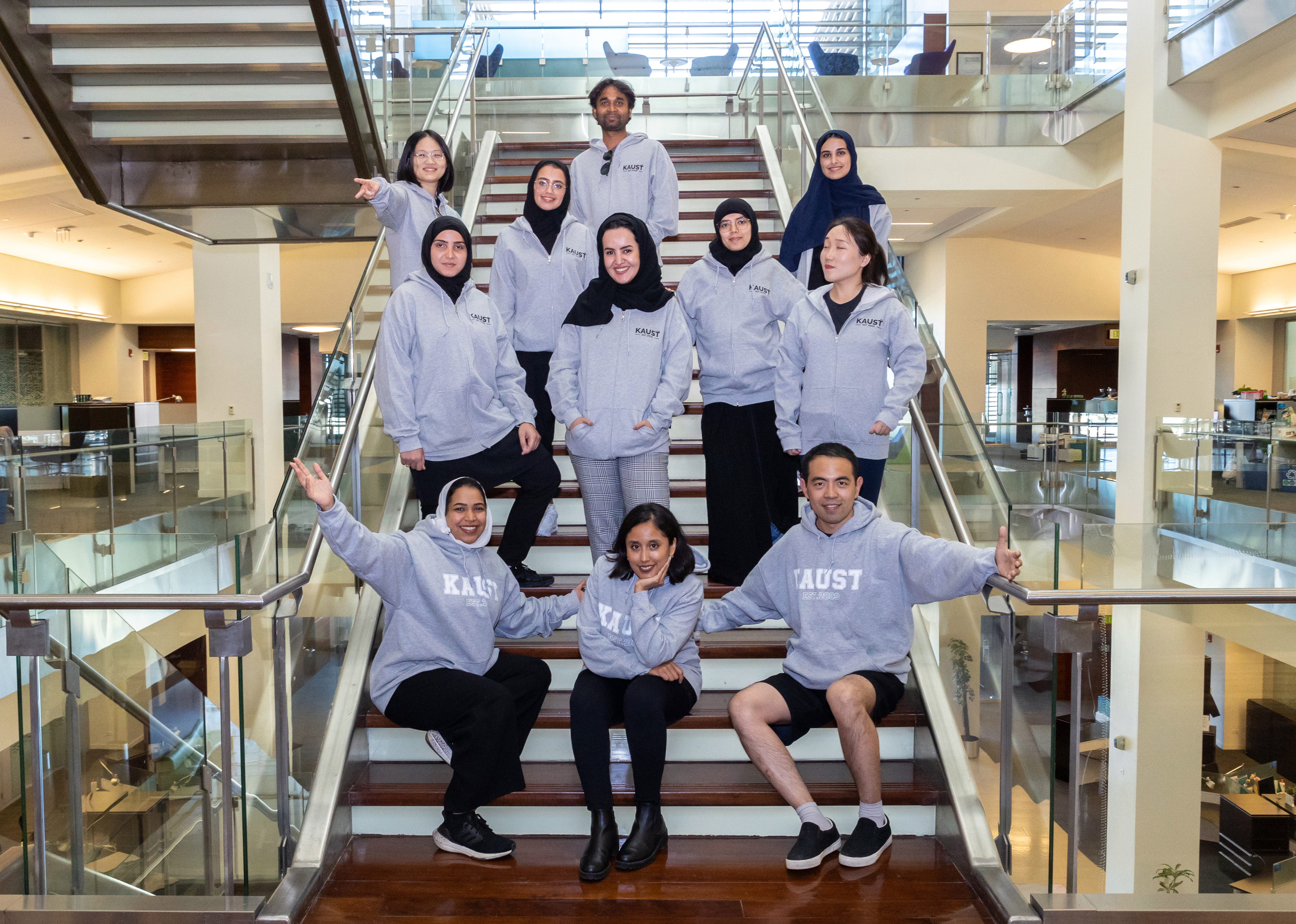

Self-assembling processes are common throughout natural designs. From a biomedical prospective, designing and preparing materials that “mimic” current biological systems/components would have an unprecedented influence on advancing the overall quality and longevity of human life.
Synthesizing effective drugs for different diseases has been a major drive of the development of chemistry since the evolution of civilizations. The ever-growing and lucrative pharmaceutical industries are always pursuing the best or more effective drugs. Unfortunately, the hard truth is scientists over the past centuries in both academia and industry have prepared very effective drugs however, they were not able to deliver them to where they need to go! The main obstacle for an effective cancer treatment is not designing the best drug to kill the cancer cells, as many molecules are already extremely potent, but rather the targeted delivery of the right amount of the drug only to the diseased cells. Our bodies natural “couriers” vary in shape, size, and even specific function. They can be seen as a form of a capsule or cage that can precisely release cargo on demand. Examples of these systems include exosomes and microvesicles that allow cells to exchange proteins and genetic materials and most importantly the universal red blood cells (RBCs) that circulate all over the body as the natural oxygen carriers to the lungs.
Our group focuses on designing platforms based on metal organic frameworks (MOFs), zeolitic imidazolate frameworks (ZIFs) and hydrogen bonded organic frameworks (HOFs). We also consider individual molecular plaforms such as organic cages especially for imaging and sensing applications. We refer to this category of materials as supramolecular assembled capsules or SACs (Sac, in French, translates to a bag in English!). Our SACs focus on the delivery of biologics especially CRISPR, Cas proteins, DNA and RNA.
